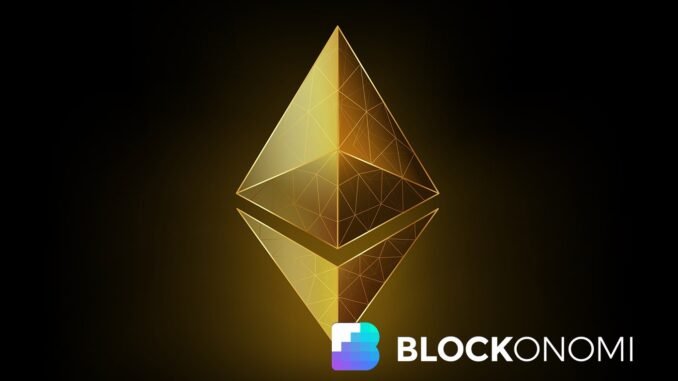
TLDR:
Ethereum gas fees spiked above $1,000 during heavy traffic, raising concerns about scalability and real-world use.
Kevin O’Leary compared Ethereum to a one-lane highway, saying it cannot handle true on-chain adoption yet.
MartyParty claimed Solana outpaced Ethereum in scale and infrastructure with its private physical network.
Crypto users questioned if Wall Street will continue backing Ethereum or shift to faster blockchains like Solana.
Ethereum has faced one of its toughest tests yet. As real-world adoption grows, the network reportedly stalled under intense demand.
Gas fees exploded past $1,000, freezing smaller transactions and frustrating users. The event reignited debate over whether Ethereum’s infrastructure can truly handle scale. Investors are now questioning if the network’s roadmap will arrive too late to matter.
Ethereum Network Faces Scalability Crisis
According to Kevin O’Leary, Ethereum’s latest congestion showed how fragile the system remains under real pressure.
He compared the network to “a one-lane highway with a thousand-dollar toll,” pointing out that scalability remains unsolved. He said that despite years of promises, Ethereum still cracks when transaction loads surge.
O’Leary argued that real adoption exposes weaknesses no upgrade can hide overnight.
As more users and institutions move on-chain, high gas fees make Ethereum impractical for daily use. For him, it’s not about hype but about infrastructure that delivers when it counts.
His comments followed a weekend where traders saw the network slow dramatically. Transaction confirmations stalled, and even small swaps became expensive. That moment, O’Leary said, was proof that Ethereum needs a major architectural rethink before it can support mass adoption.
Solana Gains Traction as an Alternative
Crypto commentator MartyParty agreed, saying Ethereum’s architecture “won’t make it” without rebuilding its foundation.
He pointed to Solana’s approach, which integrates physical network infrastructure through DoubleZero to handle high-speed blockchain transactions. In his view, Ethereum is now “six years behind” and only catching up with a roadmap stretched to 2030.
MartyParty urged traders to look at how Solana prepared for this phase years ago. The network, he said, was designed for scale and throughput, which gives it an edge as on-chain activity grows. Solana’s architecture combines both hardware and protocol-level optimizations, making it better suited for large-scale traffic.
The remarks fueled speculation about whether investors might rotate from Ethereum to Solana during this downturn. Some users on social media echoed that sentiment, arguing that Ethereum’s roadmap delays are creating an opening for rivals.
Crypto analyst CryptosRus described the episode as Ethereum “choking during clutch time.” He noted that as the Genius Act accelerates the move toward on-chain settlements in the U.S., reliability will separate the winners from the rest.
With institutional adoption rising fast, the market is watching to see which blockchain can perform under pressure.
Ethereum’s future now depends on whether its next upgrades can fix the long-standing scalability bottleneck before alternatives like Solana take over.





Be the first to comment